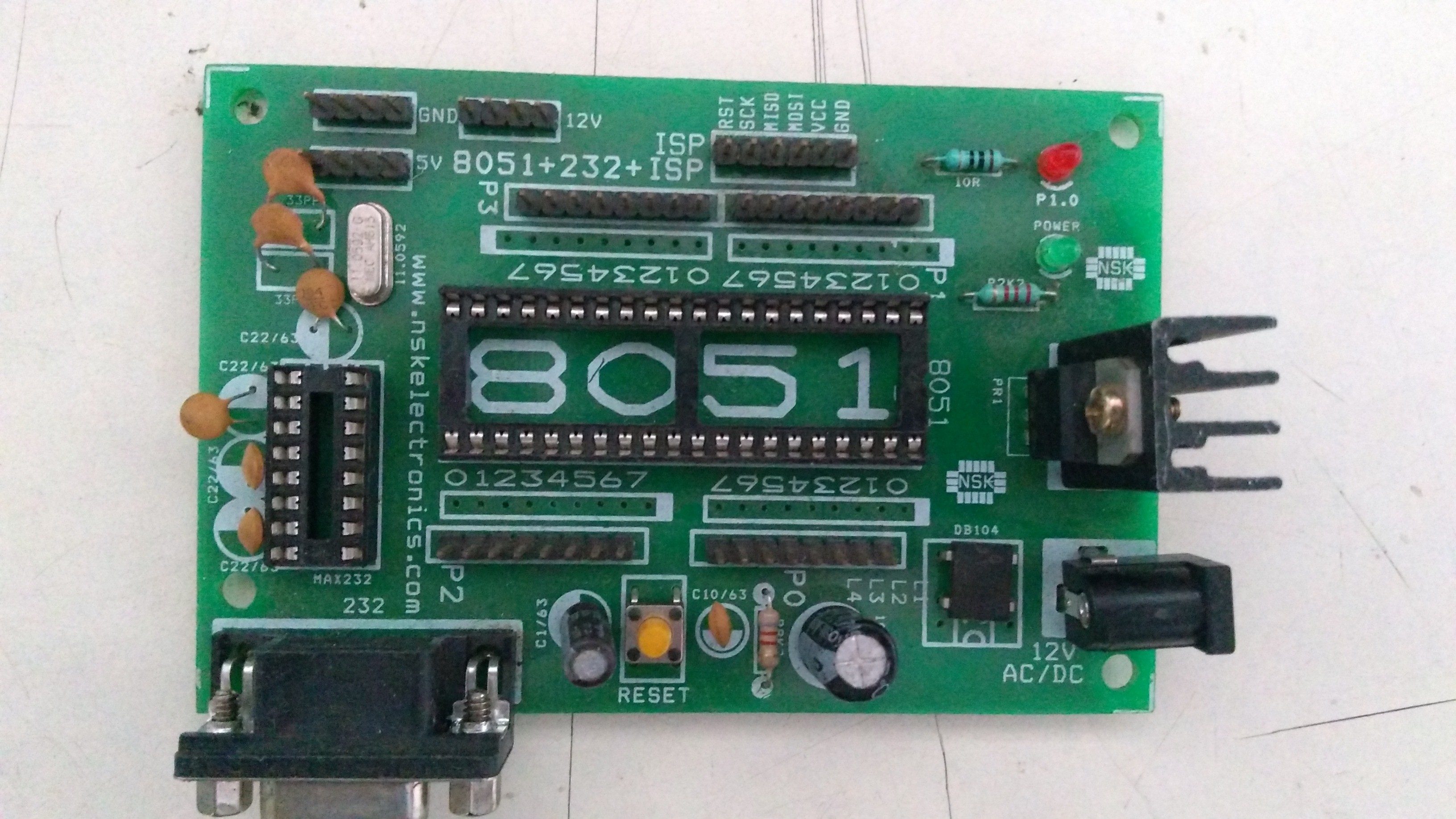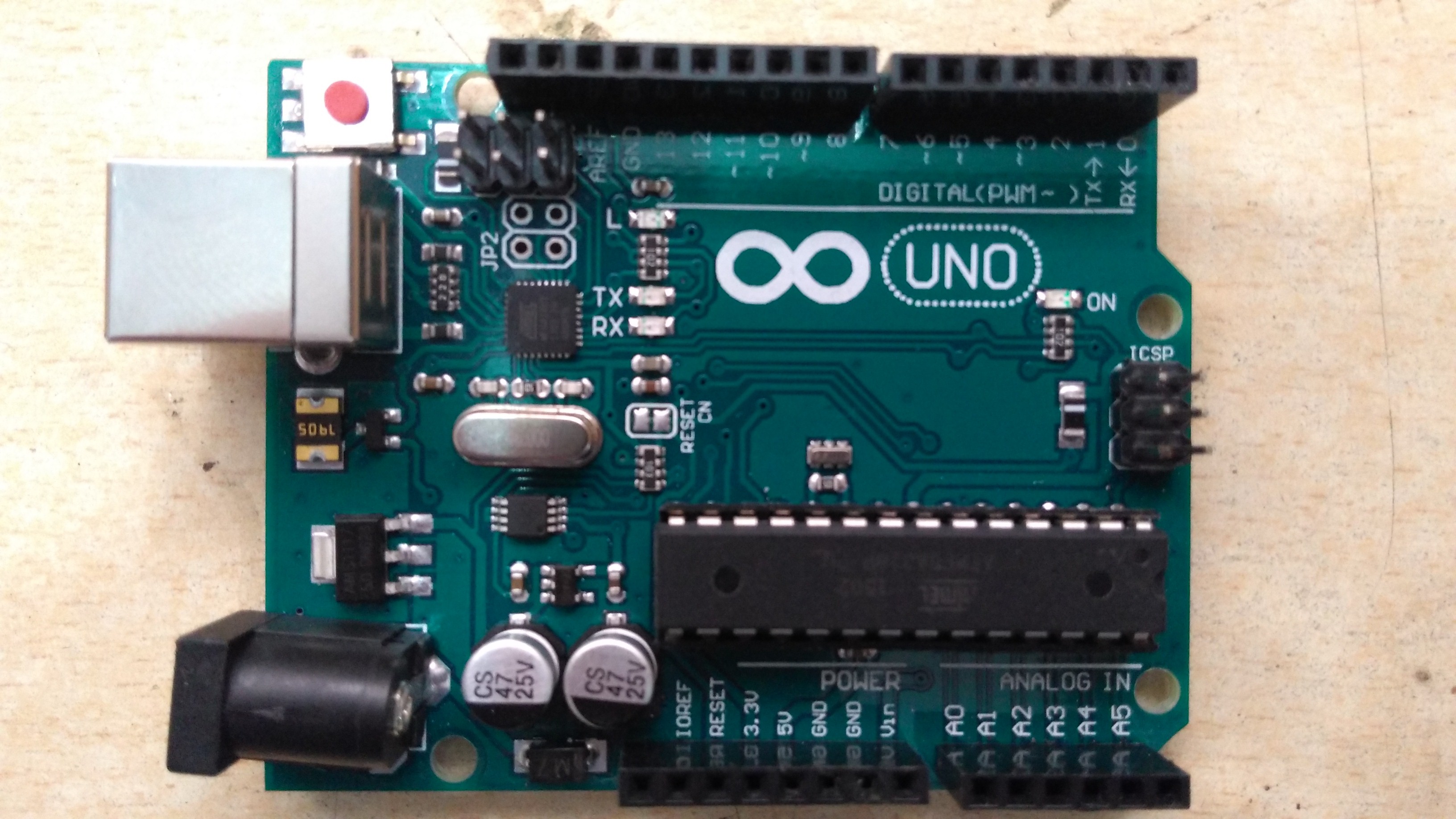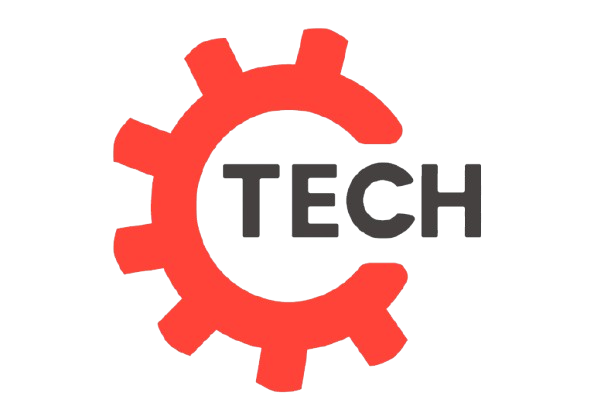Technofist
Embedded Courses and training for Engineering Students in Bangalore
An embedded system is a programmed controlling and operating system with a dedicated function within a larger mechanical or electrical system, often with real-time computing constraints. It is embedded as part of a complete device often including hardware and mechanical parts.
OUR COMPANY VALUES
Instead of Quality, commitment and success.
OUR CUSTOMERS
are delighted with the business benefits of the Technofist Embedded solutions.
Embedded COURSES
The course involves a span of 50 hours where the student will be trained from the basic level to the industrial level with hands-on real-time projects involving microcontroller and robotics concepts.
The students will be given a course completion certificate at the end of the course and will be assisted in placements.
EMBEDDED COURSE

The course involves 3 stages of learning Embedded:
– Beginner level
– Intermediate level
– Advanced level
The beginner level involves:
INTRODUCTION TO EMBEDDED SYSTEM
- History & need of Embedded System
- Basic components of Embedded System
- Programming Language Classification of Embedded System
- Advantage & Disadvantage
MICROPROCESSOR & MICROCONTROLLER CLASSIFICATION
- Difference between Microprocessor & Microcontroller
- Classification based on architecture
- Memory Classification
INTRODUCTION OF EMBEDDED C
- Introduction to Embedded C
- Difference between C & Embedded C
- Programming style
- Basic structure of C program
INTRODUCTION OF ARDUINO MICROCONTROLLER
- Interfacing sensors, actuators and other peripherals to Arduino microcontroller
The intermediate level involves:
INTRODUCTION TO 8051 MICROCONTROLLER
REGISTERS & MEMORY OF AT89C51
- Description of RAM
- Description of CPU Registers
- Functions of SFR
INTRODUCTION TO SOFTWARES
- Kiel Compiler
- Proteus
-
INTERFACING OF ADC
- INTERFACING OF LED
- INTERFACING OF SEVEN SEGMENT DISPLAY
- INTERFACING OF LCD
- INTERFACING OF SWITCHES & KEYBOARD MATRIX
- INTERFACING OF MOTORS
- TIMERS & COUNTERS PROGRAMMING
- SERIAL COMMUNICATION PROGRAMMING
- SENSOR INTERFACING
EMBEDDED NETWORKING
- I2C Bus Standard
- Bluetooth
- Zigbee
- USB
- UART
The advanced level involves:
INTRODUCTION TO LPC2148 (ARM) MICROCONTROLLER
LINUX FUNDAMENTALS & DEVICE DRIVER PROGRAMMING
- Linux Fundamentals
- Linux Commands
- VI Editors
- Introduction to Device Driver
- The Role of Device Driver
- Kernel Module Vs Application
- Types of Device Driver
- Character Driver
- Block Driver & Network Driver

CONTACT US
If you have any kind of doubts/queries
+91 9008001602
Technofist provides real-time embedded systems training. Our embedded course includes basic to advanced level and our embedded systems course is designed to get placements in good MNC companies in Bangalore.
We have designed our embedded systems course content and syllabus based on students’ requirements to achieve everyone’s career goal. In our embedded systems training program, you will learn ANSI fundamentals of C, functions, dynamic memory allocation, embedded C, embedded systems real-time project. Our embedded training center is equipped with lab facilities and excellent infrastructure.
EMBEDDED SYSTEM
Technofist, Bangalore offers 2018-2019 IEEE Projects on EMBEDDED SYSTEM for final year engineering students and Final year engineering projects on EMBEDDED SYSTEM. Embedded-based 2018-2019 IEEE Projects on EMBEDDED SYSTEM projects for M.Tech, EC and BE students. Technofist, Bangalore also offers online training for projects on EMBEDDED SYSTEM for final year engineering students and final year engineering projects on EMBEDDED SYSTEM for ECE and engineering students. See this section for the list of Projects on EMBEDDED SYSTEM or Contact us for details and projects on EMBEDDED SYSTEM.
IEEE 2018-2019 EMBEDDED SYSTEM project list for M.Tech /BE / B.Tech / MCA / M.Sc students in Bangalore.
Technofist offers EMBEDDED SYSTEM based IEEE projects for M.Tech and BE final year students. Here at Technofist, we use the Embedded platform to work on EMBEDDED SYSTEM projects. We have a technical team who are skilled enough to provide solutions on the latest IEEE-related EMBEDDED SYSTEM projects. Get analytics and Embedded-based projects on EMBEDDED SYSTEM for students using C/C++ as core, find new opportunities in EMBEDDED SYSTEM Science. Take reference or would like to start your training from our or your ideas on EMBEDDED SYSTEM projects.
Find the latest 2018-2019 topic ideas EMBEDDED SYSTEM projects for M.Tech students and EMBEDDED SYSTEM projects for B.Tech students. Let us know your feedback and new ideas on EMBEDDED SYSTEM Projects. programming language.
Get top quality and trending IEEE EMBEDDED SYSTEM projects from here and do it by yourself. We are continuously adding more EMBEDDED SYSTEM final year project ideas.
EMBEDDED KITS / MICROCONTROLLERS/ ARM / PIC/AVR/ARDUINO


